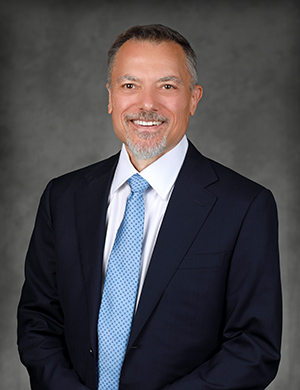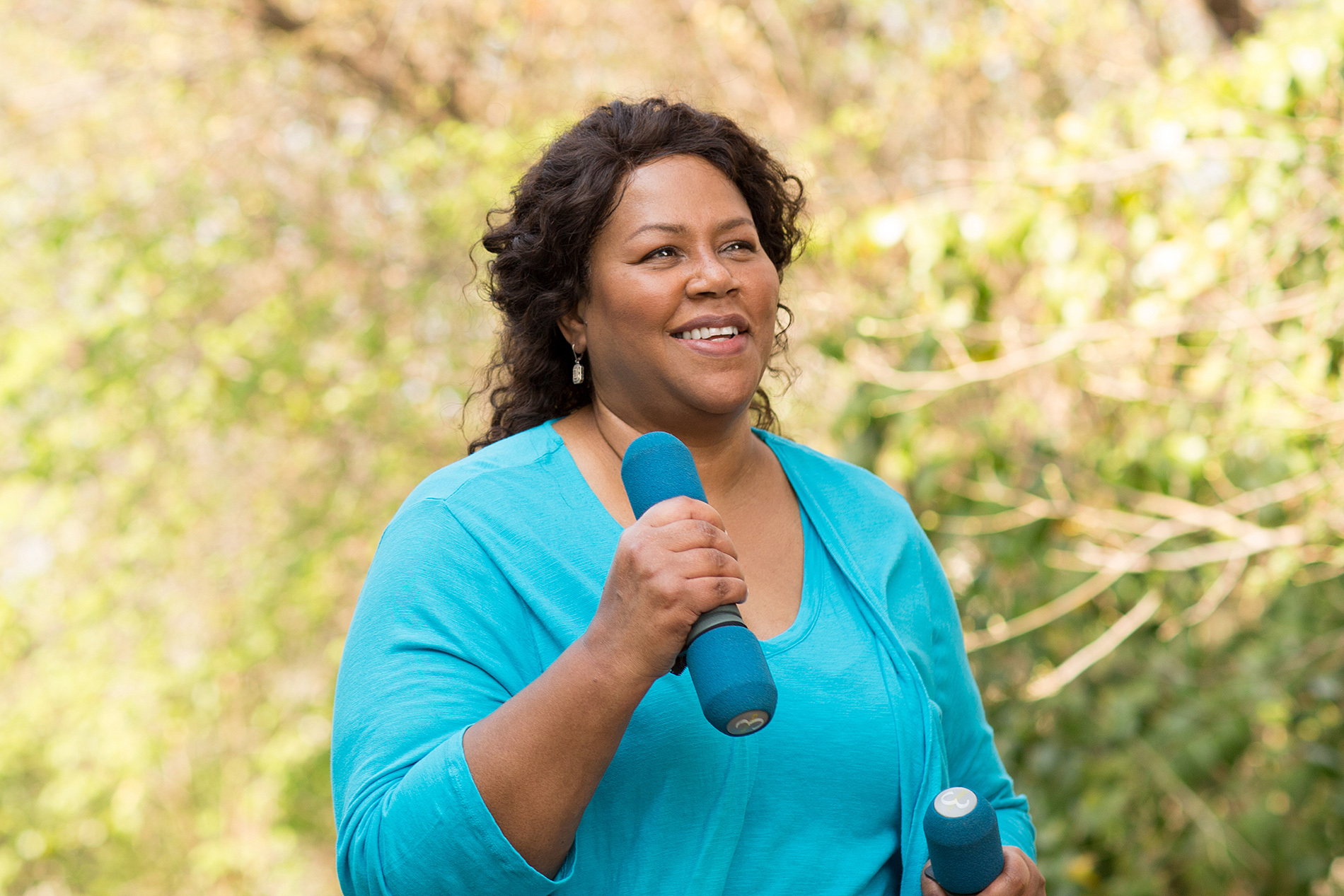We hear a lot about the devastating effects of Post-Traumatic Stress Disorder (PTSD) among combat veterans – and with good reason. Its aftermath can linger for decades, causing intense pain for survivors and their loved ones alike.
But while most people are aware of PTSD among service members, what many don’t realize is it can also manifest itself in a myriad of non-military situations. Say a serious auto accident, for instance, or a domestic trauma.
“If someone had a motor vehicle crash in the past and then is re-hospitalized for some other unrelated reason, being in the hospital again might stir the pot emotionally and bring some of those symptoms back up to the surface. So, when I see somebody who has PTSD from a previous accident, and they’re in the hospital, say because of pneumonia, I wouldn’t be surprised to have that patient experience more frequent nightmares or unwanted memories of being in the accident or being in the hospital after the accident,” says Bruce Capehart, MD, psychiatrist at Lexington Medical Specialists.
Dr. Capehart has extensive experience in treating PTSD survivors. He also served as a major in the United States Army Reserve Medical Corps, where he was deployed to Afghanistan for Operation Enduring Freedom. As the senior mental health clinician, he supervised the care of 10,000 U.S. and coalition service members there.
In his role at Lexington Medical Center, Dr. Capehart provides additional expertise in understanding and treating interdisciplinary problems, including the overlap between psychiatric symptoms, cognitive problems, chronic pain and medical diagnoses.
There are no readily available figures on the number of people in South Carolina who suffer from PTSD. That’s partly because the condition is often undiagnosed or misdiagnosed. But we know if it’s significant, in part due to the Palmetto State’s large veteran population.
According to the U.S. Department of Veterans Affairs, the “best estimate” we have is that 6 percent of American adults “will have PTSD at some point in their lives.”
“In 2020, about 13 million Americans had PTSD,” the agency noted.
What is PTSD?
“Think of it as an ongoing lingering emotional response to a highly unusual traumatic situation,” Dr. Capehart explained. “An example of this is the veteran who comes home from combat. The kinds of behaviors that are very helpful for staying alive in carrying out your mission in wartime are not so adaptive for civilian life back home, such as learning in Iraq or Afghanistan to never drive over a pothole because that might be where the enemy buried an improvised explosive device. It was considered normal and even recommended to drive around holes in the road there. But that’s not required here at home. Because even though there may be some potholes in our roads that can damage tires or a suspension system, they’re not going to be an explosive device in there that will destroy the vehicle. Yet, for someone who has PTSD, the habit of avoiding a pothole comes from their fear of triggering an explosive device. And it still carries over with them today.”
“The first thing I suggest doing is going to the VA’s National Center for PTSD website,” Dr. Capehart suggests. “It lists all of the symptoms, explanations of them, and discussions of them in everyday, easy-to-understand language. That’s a good start. And then talk with a primary care physician. If the patient wants to start medication, the treatment guidelines are right there on the VA’s website for what medications to prescribe. The primary care physician can also put them in a referral to a therapist such as a social worker, a psychologist, or another counselor to arrange for psychotherapy for the patient.”
While Dr. Capehart notes there is reason to be hopeful, he also points out how important it is to manage expectations – and to appropriately define what we consider to be the successful treatment and management of PTSD.
“There can be very good outcomes from treating PTSD,” he said. “But I want to define what I think a good outcome is. The best way to look at PTSD is a chronic illness similar to high blood pressure or diabetes. It’s not a condition that we expect to be cured of any more than we would expect somebody with high blood pressure to be cured. But it is a condition that, with some changes in life, some changes in habits, and for many people, some changes with their medications, symptoms can be controlled to the point where it’s not creating a substantial problem in day-to-day life. That is a very realistic outcome.”
Finally, Dr. Capehart added a parting observation.
“We should not overlook the role of the church,” he said. “For many people, their relationship with God, with their pastor, their minister, their priest, can also provide tremendous healing power for this as well.”

Bruce Capehart, MD, Lexington Medical Specialists







Leave a comment